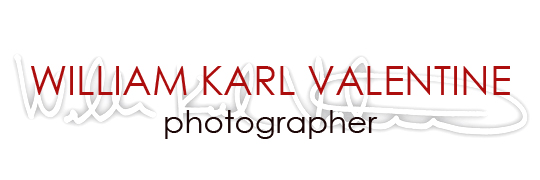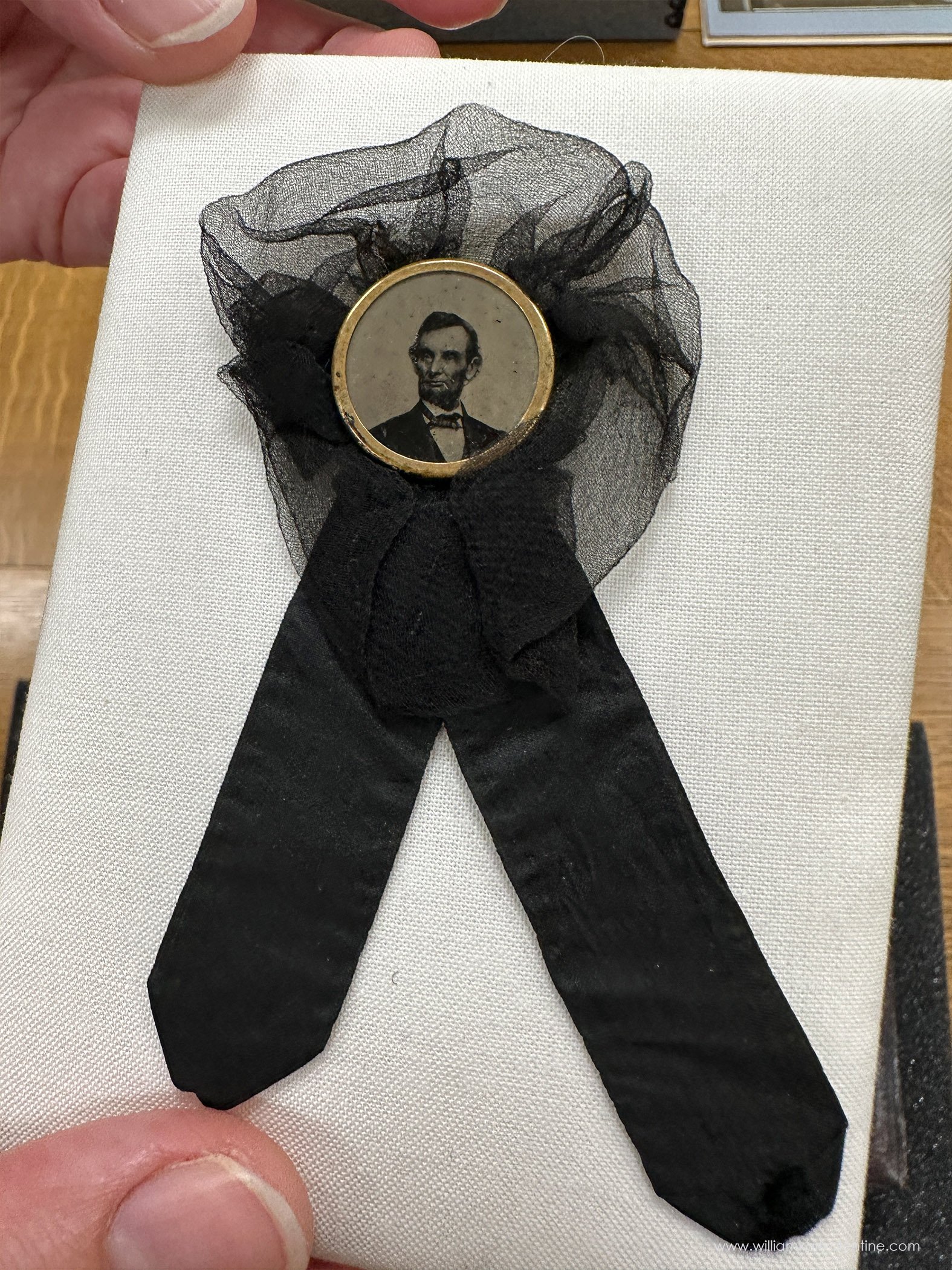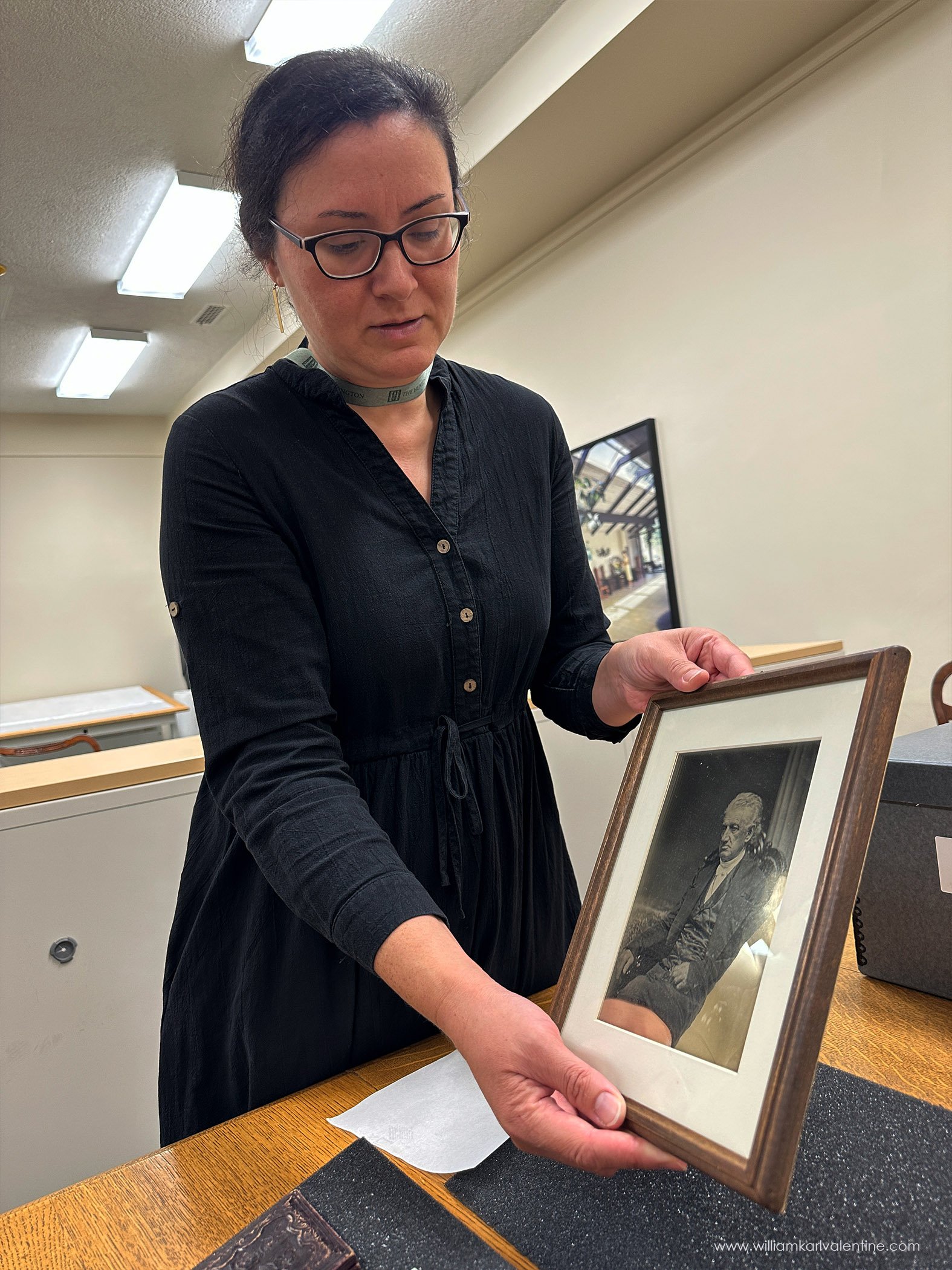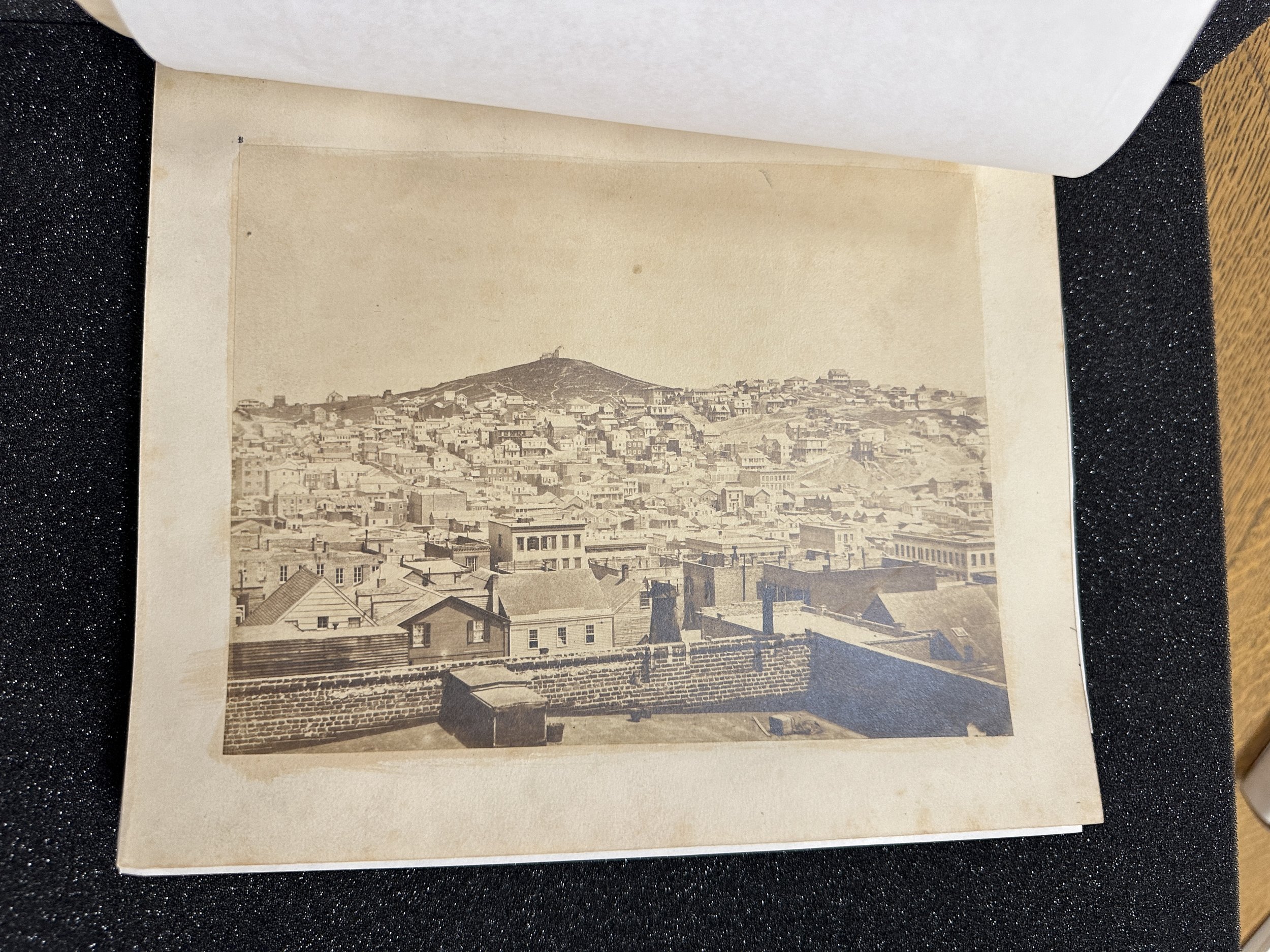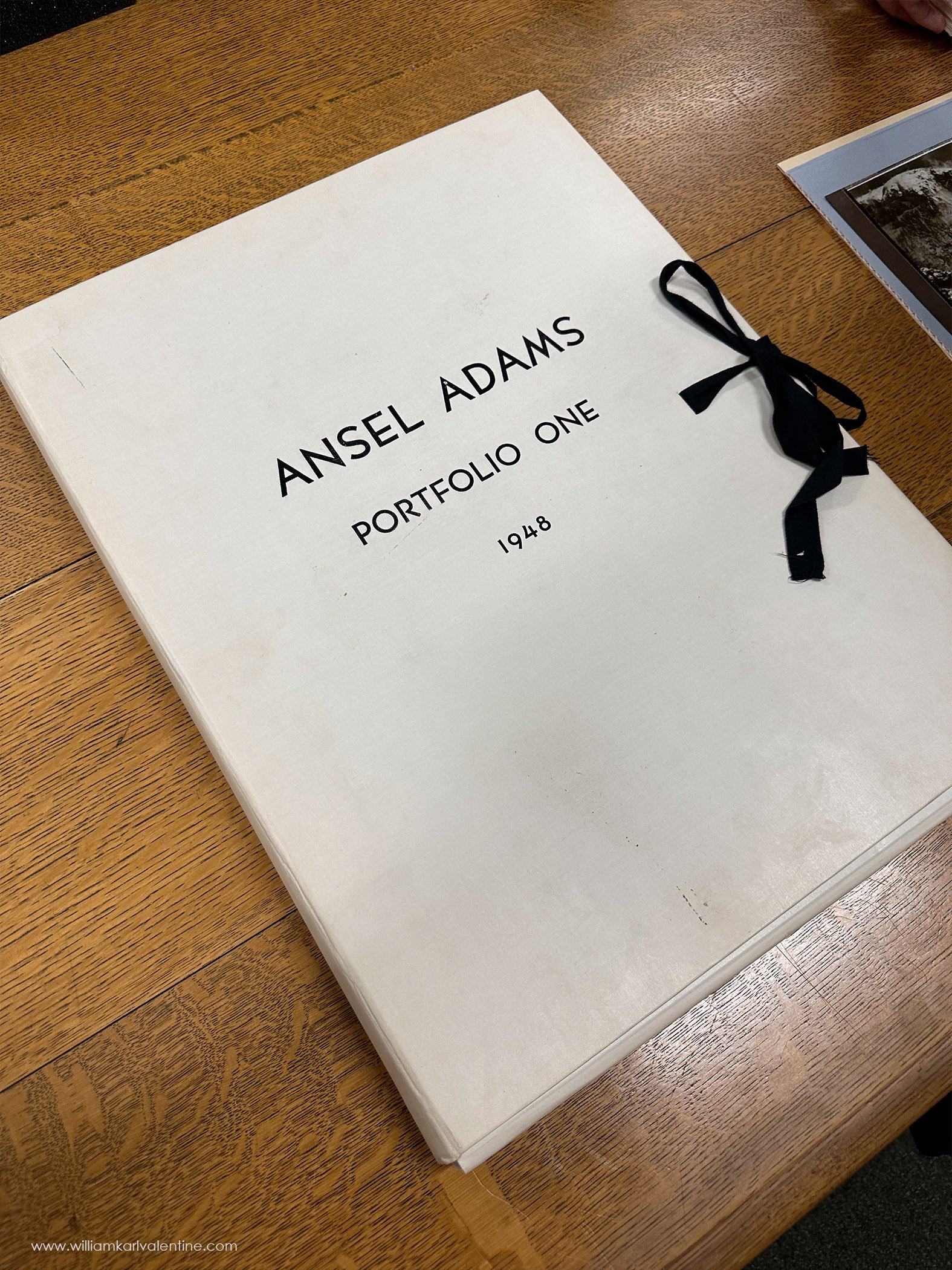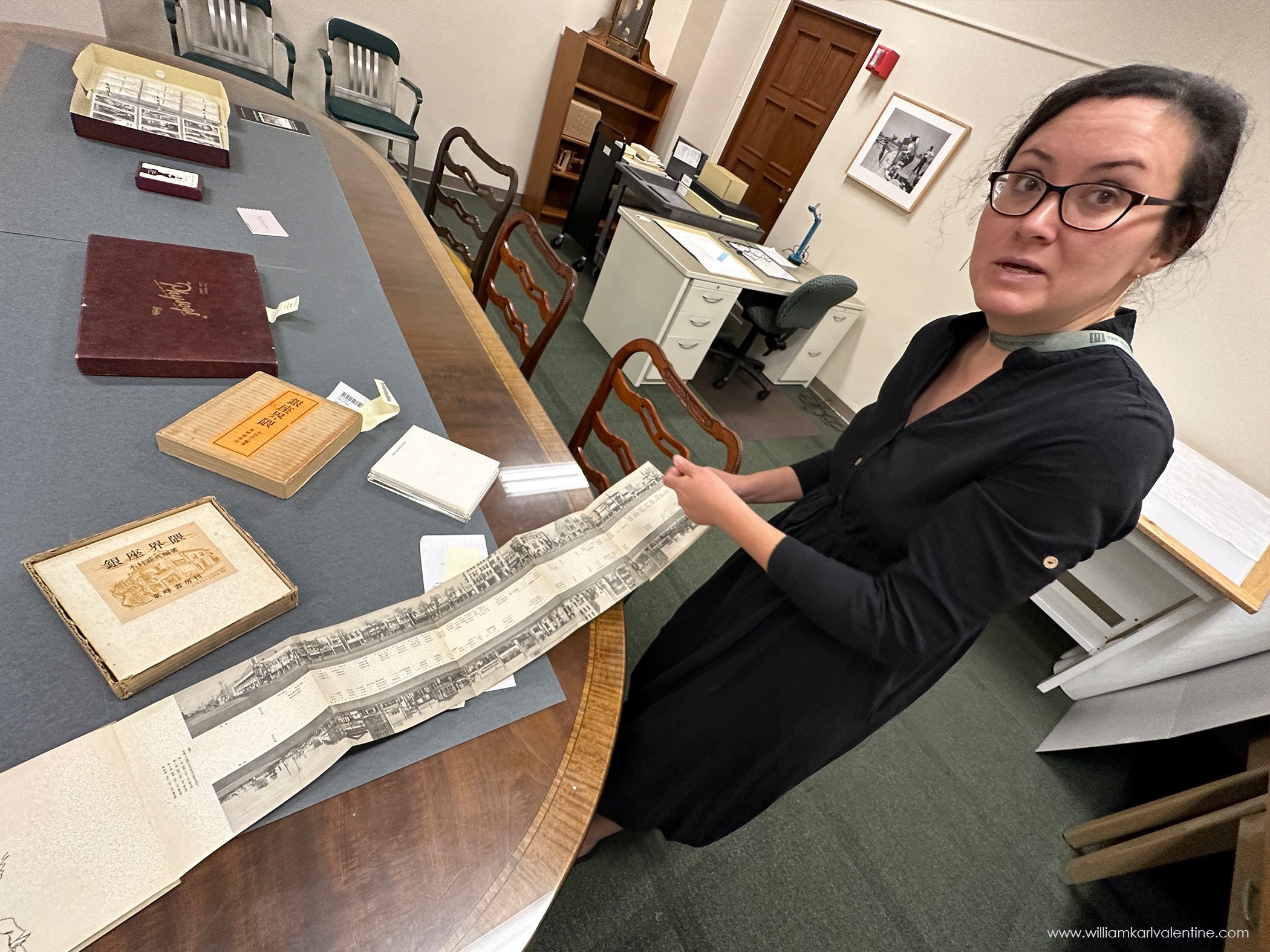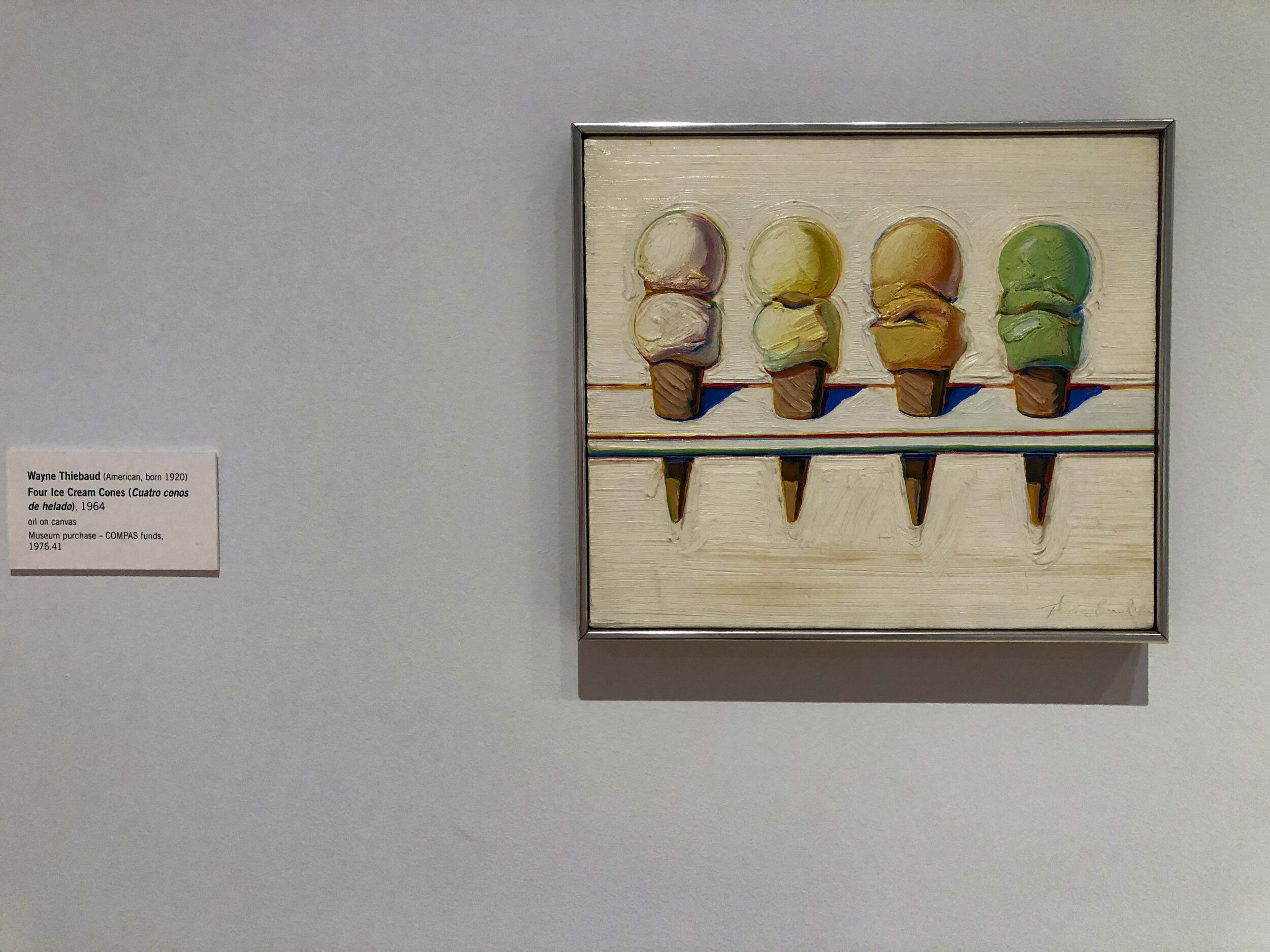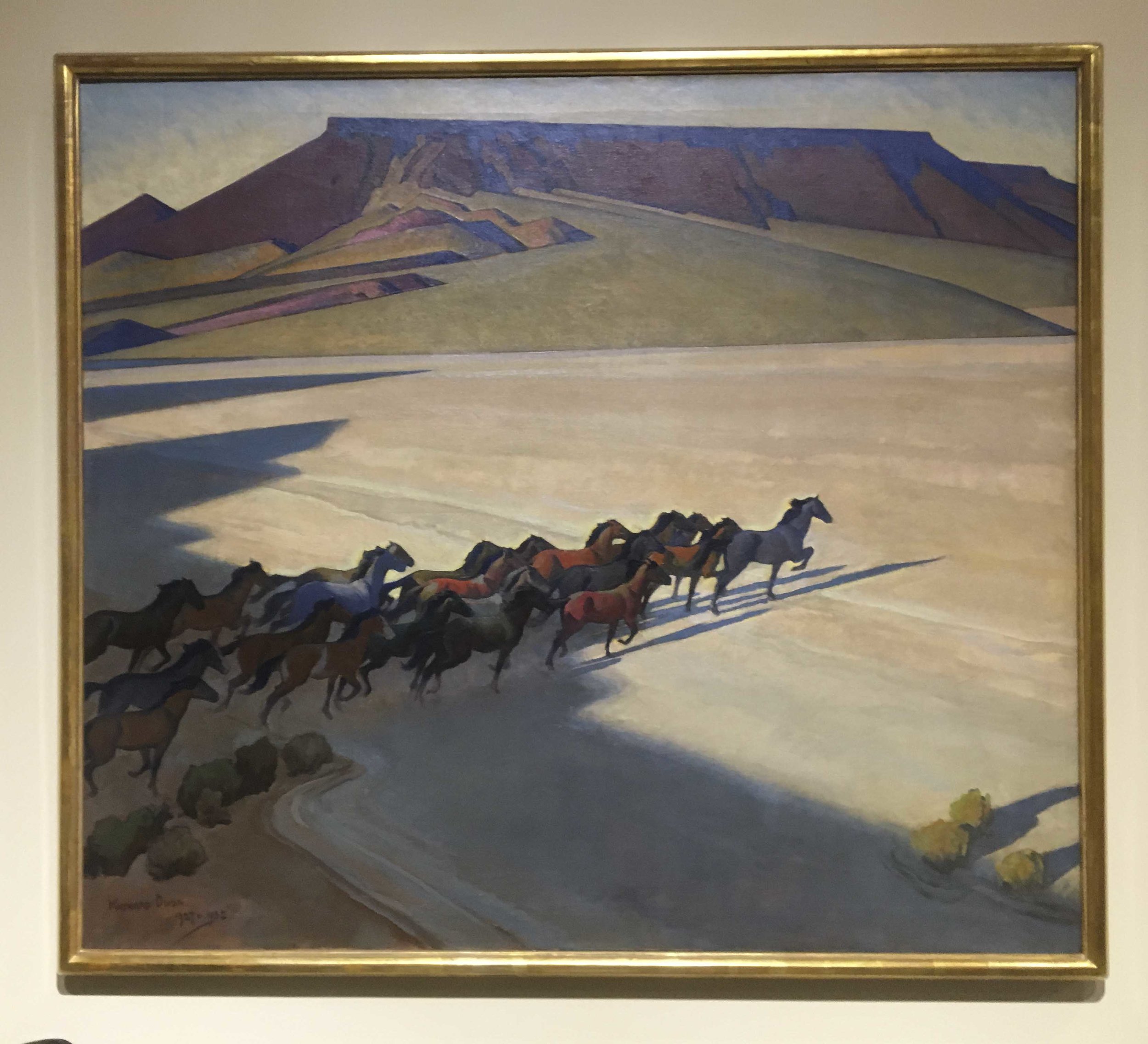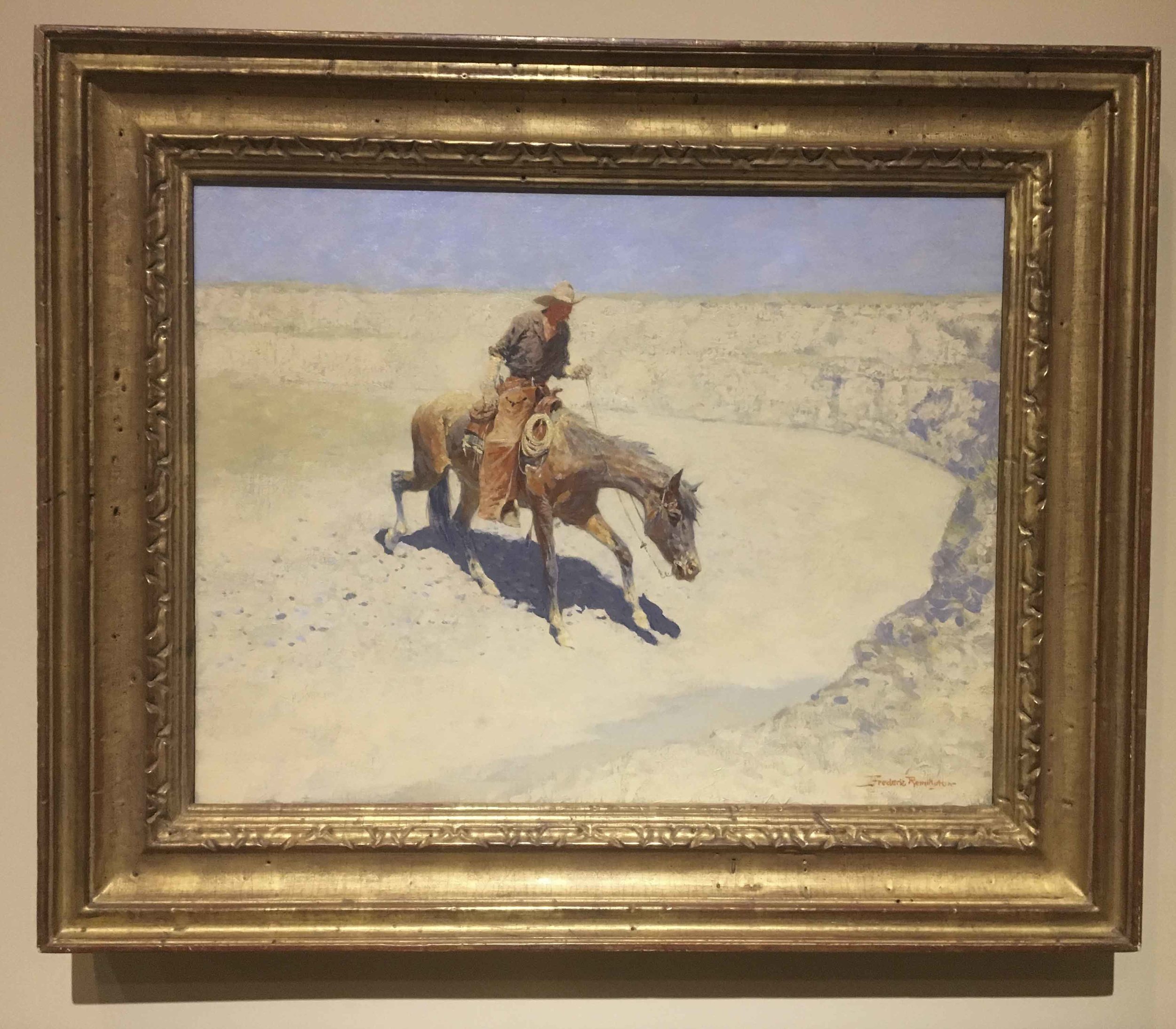Lulu and my daughter Alyssa were assigned to be roommates as freshmen at UC Davis, they had never met before. Miraculously it was a perfect pairing, their bond was immediate, and they lived together their entire four years of college. They became the nucleolus of an incredible group of diverse friends. Lulu laughed, lived, and loved more in her brief time on earth than most people do who live decades longer. Her loss has left an incredible void for all her friends and family. I am so thankful that Lulu was so important to Alyssa and Ramsey, they loved each other so much, and I am grateful I was also blessed with so many good times with Lulu too.
When I got off of the phone, I got on my computer and looked up some of my photographs of Lulu to help me reflect on her impact and process the loss. I know what I am going to write is obvious, but I still think there is value in saying it. One of the greatest powers a photograph has is it documents and memorializes a fraction of a second in time and preserve that memory for as long as we want to maintain it. It is heartbreaking to know I will never be able to see my daughter and Lulu just laughing together again. But because I photographed them when they were together, I have something to hold on to, something to remind me how boldly Lulu lived and that helps with the loss.
I experience life by photographing my world. This usually annoys my family, but that is who I am, it is often uncomfortable for me to experience something without photographing it. I constantly frame the world in my mind as I look around and I hate missing opportunities to capture good images with a camera. I am a romantic, I don’t like change, I want to maintain the moment; I don’t know, maybe that is a big reason why I am a photographer. At this moment in time these traits are a blessing because I have a number of good images of Lulu that I can spend time with while I keep her spirit close.
We live in a Selfie world, with too many shallow self-portraits whose sole goal is to brag to our friends what we are up to (Group selfies do have more value). I just want to remind people to actually photograph your loved ones, ideally with a camera, as well as your cellphone. I know we are inundated by images online today but make sure you photograph to document some of the important things in life that will be cherished years from now. Make prints of those photographs and save files to external drives, don’t rely solely on the cloud.
A Bill Jay Lesson to Wrap Up this post:
I know I have told this story more than once, but it’s worth repeating and still is one of the greatest things Bill Jay taught us while I was at Arizona State University. We were in class one day, in Matthews Hall, when Bill put two slides up the screen next to one another (yes back then you looked at prints or slides in class and there were real blackboards). One image was Ansel Adams’s Moonrise Over Hernandez, New Mexico which had just set the record for the most expensive print ever sold (I think it sold for around $40K). In the other projector Bill put up a good snapshot quality photo of a child in an inflatable wading pool. I can’t recall but it may have even been a photograph of one of his daughters, doesn’t matter. So, with both images side by side he asked the class which photograph was more valuable. Lots of my classmates spoke up with reason why it was Adams’s photograph; because of composition, because of the author, and many noted how important the sale was for the medium in general because of the price it sold for. After everyone willing to take the bait had their say, then Bill gave us more information. He said what if this print is the only photograph that this mother has which documents her child at that time in their lives. Maybe all the family albums had been lost in a fire, maybe she had even lost the child, and that simple snapshot was the only visual reminder she had of her child. He then asked us which print would the mother say is more valuable? Would she even consider selling the simple photograph of the child for any price? That simple example was almost forty years ago, and it is still so vivid to me. The viewer sets the value based on their own experiences and tastes. The photographs I shared in this post always meant something to me, and unfortunately now they have become more valuable because I’ll never have those people together again for another photograph.
